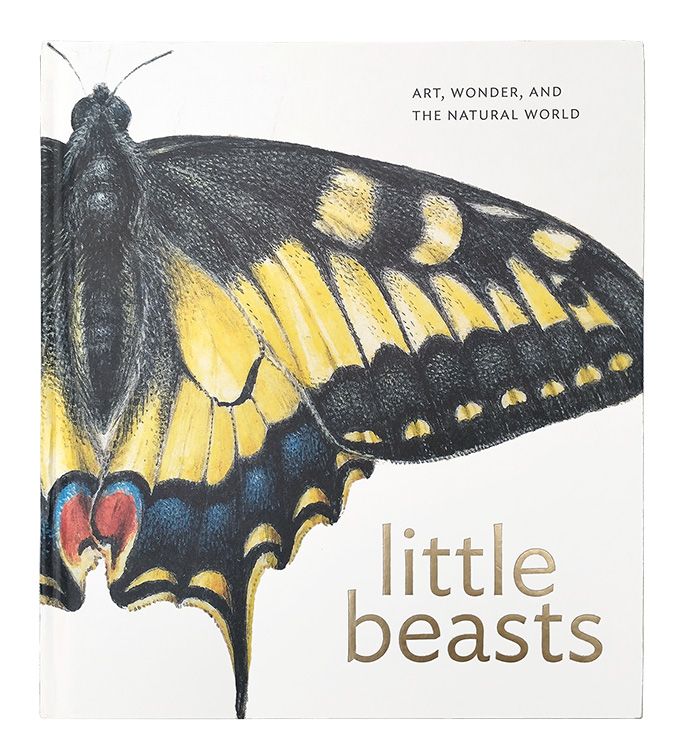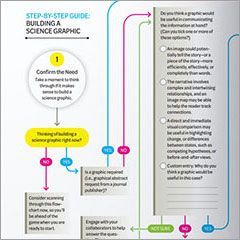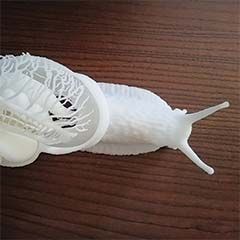Journal of Nature Science Illustrators Vol. 55, No. 2: Abstracts
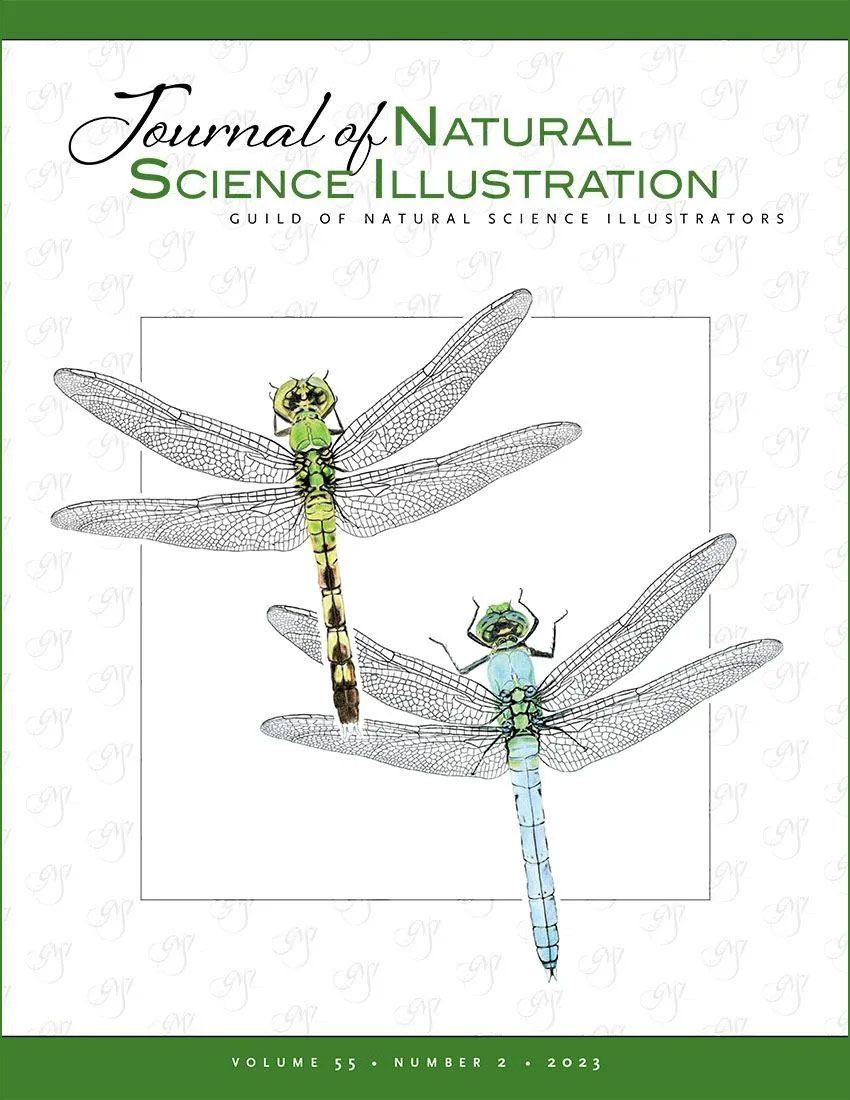
Welcome to the second Journal edition of 2023!
To inspire you, we offer you excellent and innovative stories in this issue. The journal begins with an overview of an exciting new feature for our members-Portfolio+, a book review of a great resource Building Science Graphics, an introduction to Tradigital illustration, John Muir Law’s tips for creating a gouache field kit, the CSUMB exhibit, an article on the importance of typography in illustrations, an overview of 3D printing, and a glimpse inside a member’s Certified Wildlife Habitat yard. Thank you to all our contributors!
Log into your account to view the Journal: JNSI 2023, Vol. 55, No. 2
Not yet a subscriber? To view the issue for free, become a GNSI member today!
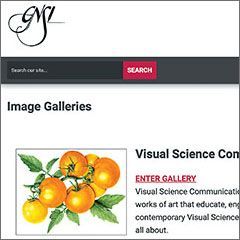
GNSI’s Vision for Portfolio+
-Kalliopi Monoyios
Kalliopi describes what Science-Art.com was 25 years ago, and what GNSI would like to provide our members with today, asking important questions about the changes in our industry, and what do our members need for career development in this landscape? Enter Portfolio+/Artwork Archive. This is a great tool to display your work on the GNSI website. You do not want to miss this information!
– Review by Diogo Guerra
Diogo gives a positive review of this book and shows appreciation of Jen’s inclusion of “illustrated explanatory diagrams” throughout the book, as opposed to only focusing on anatomical illustrations and data visualization. He gives a great summary of the chapters that cover important topics of creating science graphics.
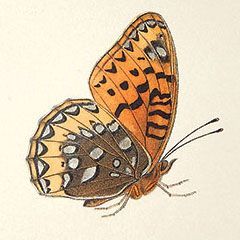
Introducing Tradigital Illustration
– Scott Rawlin
Tradigital is a term that has been around for a while - coined by artist and educator Judith Moncrieff. It is the result of combining traditional and computer based techniques in one image. Scott touches on some old origins of this technique in Lithography and photography. Scott also discusses his history with the technique, pros and cons, and how he uses tradigital in his own work.
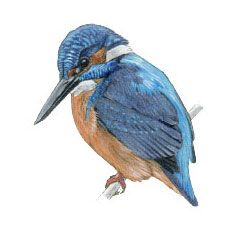
Limited Gouache Palette
– John Muir Laws
Have you shied away from using gouache in the field because of caking and cracking? Fear not! - this article will change your life (or at least your field painting). This article that covers some material from one of John’s GNSI conference talks from 2022, where he details how to make a field gouache sketching kit to supplement your watercolor field kit to easily paint in the light values that may have been painted over, or that are hard to obtain when using tinted paper. He also covers a step-by-step painting of a Kingfisher with the watercolor and gouache.
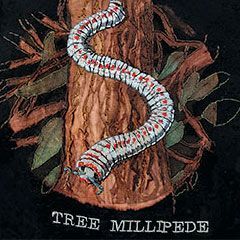
Illustrating Nature: CSUMB Science Illustration Graduate Program: Class of 2023
– Emily Fries
Every year, the Journal showcases the extraordinary artwork featured in the annual exhibition of student work from the CSUMB program. This year the exhibition opened May 19th at the Pacific Grove Museum of Natural History. The author touches on the background of the students and nature of this year’s term- but really the artwork speaks volumes about the quality of instruction and skill of the students!
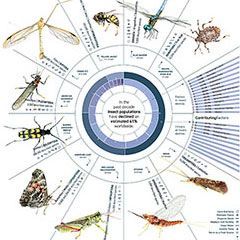
Dissecting Typographic Components in Effective Science Visualization
– M. Genevieve Hitchings
A wonderful overview of science communication. M. Genevieve discusses information design, visual hierarchy, and the delicate balance of typographic design in infographics. Not only is type communicating meaning, it is also a design element in the overall graphic (think paragraph and title layouts, etc). The author shares an important 4 step process when designing these storytelling projects; this is gold!
Three-Dimensional Design; How to Prepare Models (Open Access)
– Mieke Roth
Mike gives an explanation of 2 types of 3D printing - resin and filament. This is not a “how to”, but a best practices article. The author covers the general cost of some printer models, the programs used, and some settings and things to be aware of when designing a 3D model. This is another method of science communication that is exciting because it is ever evolving with technology, cost, and availability to a broader spectrum of users.
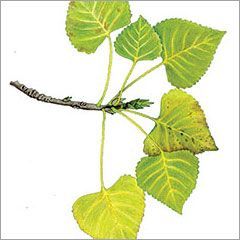
The Certified Wildlife Habitat - Experiencing Both Nature and Art
– Gail Selfridge
Gail describes life on her city lot that has been a Certified Wildlife Habitat for the last 12 years. The author details the inspiration she drew from her garden for the Colorful Leaves program funded by ASBA and a grant. For the project that educates users how to do a scientifically accurate leaf drawing, Gail chose species outside of her habitat range, for more accessibility. A lovely ending to the article describes opening her habitat yard and heart to the stray cats, planting 10 different kinds of catnip, as well as a mini tallgrass prairie that the animals enjoy.
